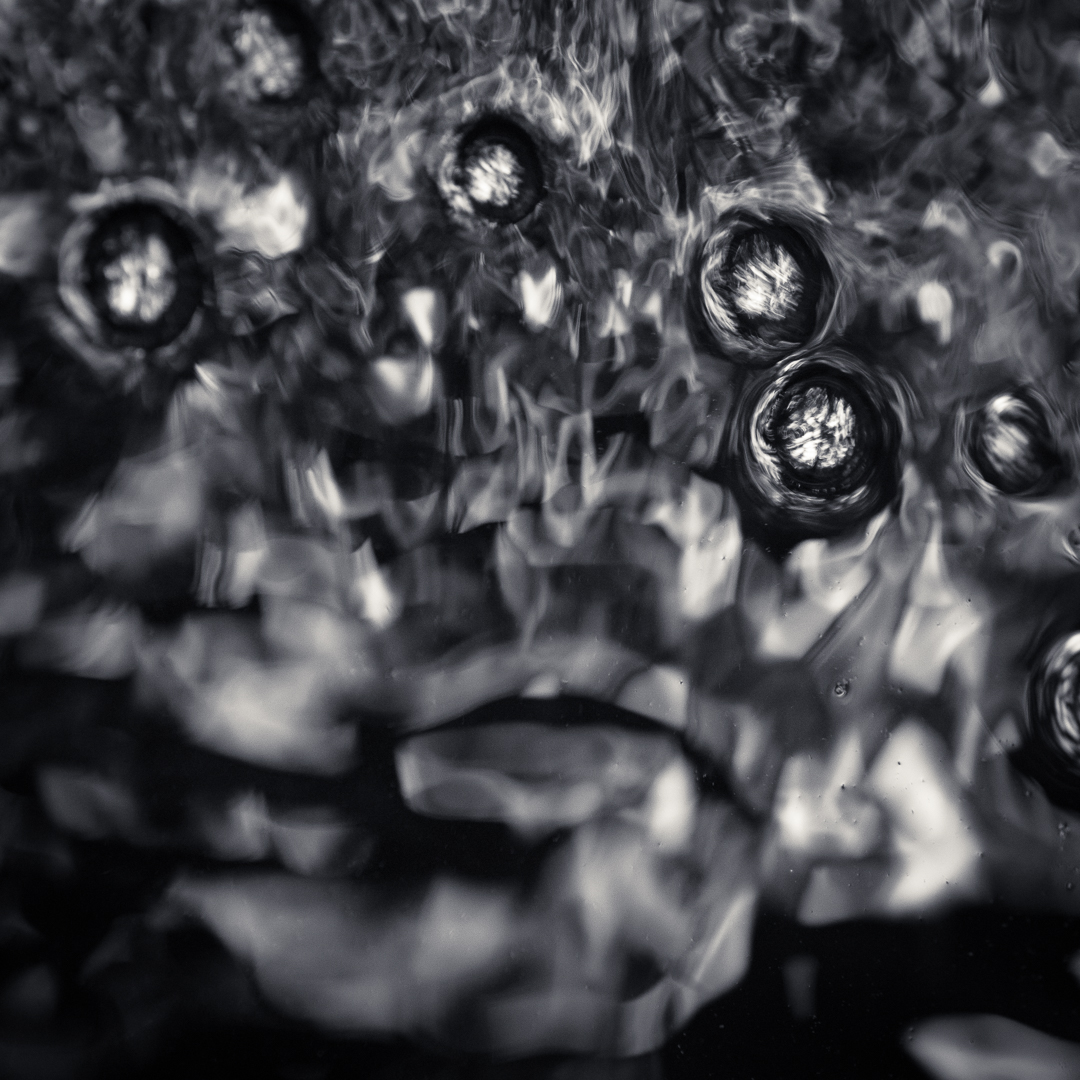
This feeding strategy might be common among anurans exploiting temporary aquatic systems that are nutrient-poor and gives rise to many questions surrounding how individuals can utilise cannibalism to increase their fitness while simultaneously avoiding becoming victims of this behaviour themselves.

We found this behaviour to be common in the field and suggest that conspecific eggs form a significant food resource for tadpoles of this species in the otherwise nutrient-poor systems in which they breed. When tadpoles were exposed to spawn for the first time in laboratory trials, they quickly engaged in extended periods of consumption, gorging themselves until they appeared to be full. Field observations revealed L. fletcheri tadpoles actively preyed on conspecific eggs of recently oviposited spawn bodies, which were commonly consumed whole. Herein, we describe cannibalism of recently oviposited eggs of the sandpaper frog ( Lechriodus fletcheri) by conspecific tadpoles as a likely adaptation to limited nutrient availability within highly ephemeral pools in which it is an obligate breeder. Vernal pools are naturally occurring, temporary to semi-permanent pools occurring in shallow depressions in forested landscapes. This behaviour may confer significant fitness benefits to those that cannibalise, given that these systems generally possess limited food resources, but will incur significant fitness costs to the cannibalised. Consequently, natural variability in groundwater connectivity and pool morphology likely enhances trophic diversity across this ephemeral riverscape.Among the Amphibia, cannibalism is most commonly associated with tadpole species that exploit ephemeral systems. This study suggests that hydrological and morphological gradients across pools drive differences in the trophic base of macroinvertebrate assemblages, potentially through variation in organic matter productivity and biomass. Overall trophic diversity decreased with increasing aquatic vegetation cover.
Ephemeral pools how to#
The following example shows how to create a Batch pool where the nodes use ephemeral OS disks and not managed disks. You must set this property in order to configure ephemeral OS disk use on the pool nodes. Biofilm assimilation was higher in highly-evaporated pools, and terrestrial plant litter assimilation decreased as pools became smaller and aquatic vegetation cover decreased. Create a pool that uses ephemeral OS disks The EphemeralOSDiskSettings property is not set by default. We found that filamentous algae and aquatic biofilms supported macroinvertebrate assemblages to a greater extent than did terrestrial plant litter. Differences in macroinvertebrate assemblage composition were not consistently related to pool hydrology, morphology, or season.

We compared differences in pool morphology, evaporation rates, and groundwater connectivity to dietary-mixing model results for macroinvertebrate assemblages over 2 seasons. Vernal pools have been defined in quite a few different ways by different people that have studied them, but the definition provided by Elizabeth Colburn in her. We used stable isotope analysis to assess the hydrological regime (δ 18O and δ 2H) and trophic structure (δ 13C and δ 15N) of fragmented pools within an ephemeral dryland stream. We tested whether 1) taxa composition or 2) pool hydrology and morphology might affect the trophic base of macroinvertebrate assemblages in dryland stream pools. However, differences in pool hydrology and morphology might substantially alter organic matter dynamics and, thus, alter the trophic base of aquatic consumers. In general, pool fragmentation provides favorable conditions for aquatic algae and plant growth and should therefore result in foodweb reliance on aquatic algal resources over comparatively-recalcitrant terrestrial plant litter.


Intermittent and ephemeral streams in dryland regions often fragment into isolated pools as they dry. In conclusion, ephemeral pools, as a subset of temporary pools, can biologically be defined as all pools with a habitat persistence not allowing species transitions through time constraints.


 0 kommentar(er)
0 kommentar(er)
